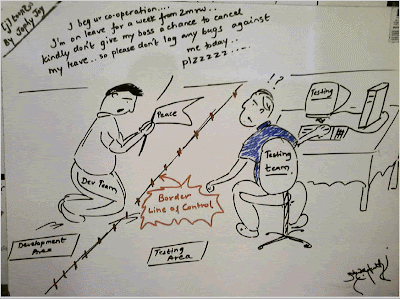Introduction
Developers worldwide will agree that building software takes more than just writing complex codes and implementing them in an environment. Developers usually start out their career in programming by developing programs or software according to their own plan and hope that someone will appreciate it. But once the developer is associated with a business or another software company, the creativity is limited to business and consumer needs. The pressure in creating accurate and efficient software is even bigger in the entrepreneurial stage.
To ensure developers have come up with the right software for the specific need, programmers have created steps on how a program could specifically created. This will ensure everything is built according to plan and tested extensively before it could be implemented for public or formal use in business.
Under these circumstances the term “Systems Development Life Cycle” was born. The need to create accurate and efficient software has led to the formalization on certain stages and phases on how a program should be built.
What is SDLC?
Simply put, SDLC or Systems Development Life Cycle is a series of steps observed by developers on building specific software. Developers follow certain steps to ensure they have the right software for the right demand.
The history of the term “Systems Development Life Cycle” is very vague but it naturally came into being since the 1960s when developers started to create programs specific to a certain need. Slowly, the term has been observed by different software development companies. From a simple format of planning, building, testing and implementing, software companies have developed their own version of developing specific products for their clients. Each version of software development is called “Model”. As of this writing, there are 18 known software development models observed by different software development companies. These development models could be applied in a certain situation to ensure the product created is a success, since not all models could be used in a certain application. Skills and experience in software development will also dictate which model will work for software development.
Why do we need an SDLC?
There is a great temptation to just resign to the fact of creating software based on the problem. For example, the business needs a simple computing software embedded in their website. That is a simple problem that could be done by programmer, anytime. It is just a matter of using code to efficiently implement the software in a website.
But if you take a look at it deeply, there are steps that should be done before you can actually create the software. First you have to know what type of computing software and the components that should be added. Then they have to plan the actual codes that will be used and test it extensively before implementation. Without any of these steps, something will definitely go wrong once the program is implemented.
SDLC Phases:
1- Requirements
2- Analysis
3- Design
4- Coding
5- Testing
6-Implementation
7- Post Implementation







